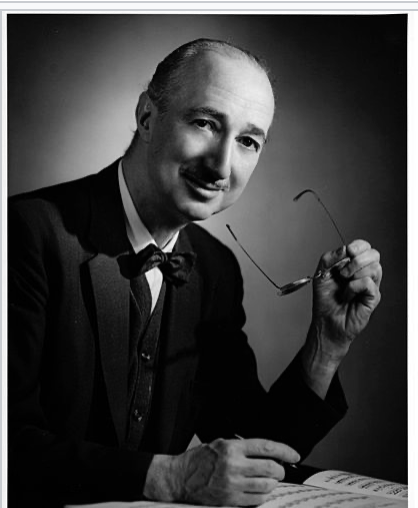
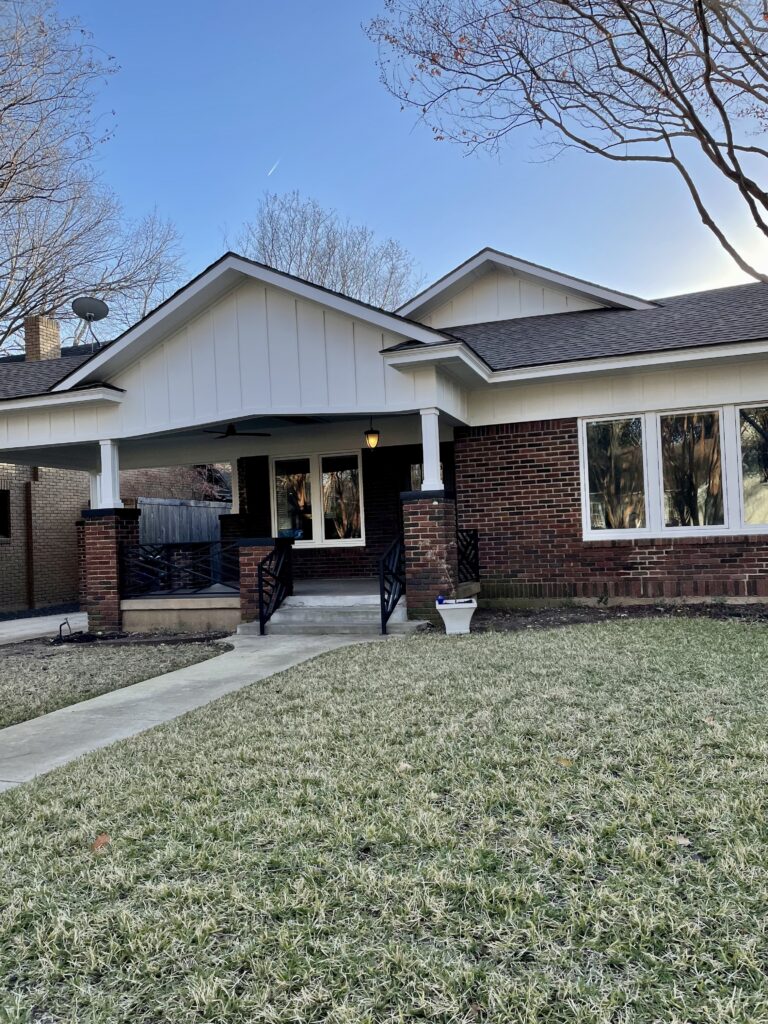
Eddie Freeman was a noted English jazz musician of the first half of the 20th century (1909-1957) and a transcriber and teacher of flamenco music in the latter half (1957- 1987) while living in Perry Heights in Dallas. Edward J. Freeman was born in London and ran away from home at 14 and survived by playing the violin in pit orchestras of silent movie houses in England. While playing in movie houses he took up the tenor banjo. To better master that instrument, he traveled to the United States, where he played with Ricardo Giannoni in New York, with a dance orchestra in Baltimore at the Summit Roadhouse near the Pimlico Racetrack, in a Harlem speakeasy; and in engagements with Billy Lustig and the Scranton Sirens. While convalescing from an illness in Baltimore, he developed a method for adapting the tenor banjo techniques to the guitar, which later led to his development of a four-string tenor guitar, the Eddie Freeman Special, using his new method.
He returned to London to play in the Harry Roy Orchestra at the London Pavilion. When noted bandleader Al Collins, heard of Freeman and listened to him play, Collins signed him up for his orchestra at the Savoy Hotel in London. When Collins switched to the Berkeley Hotel in 1932, Freeman went with him.
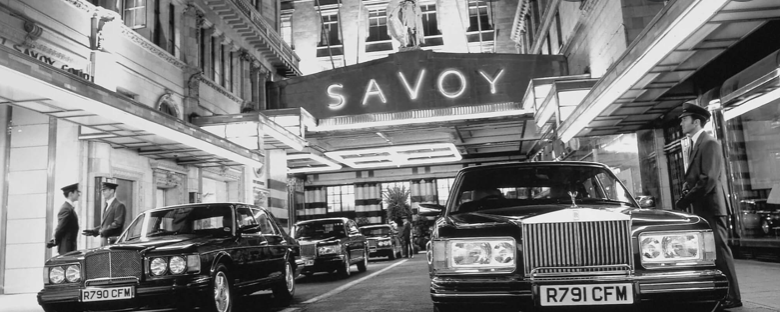
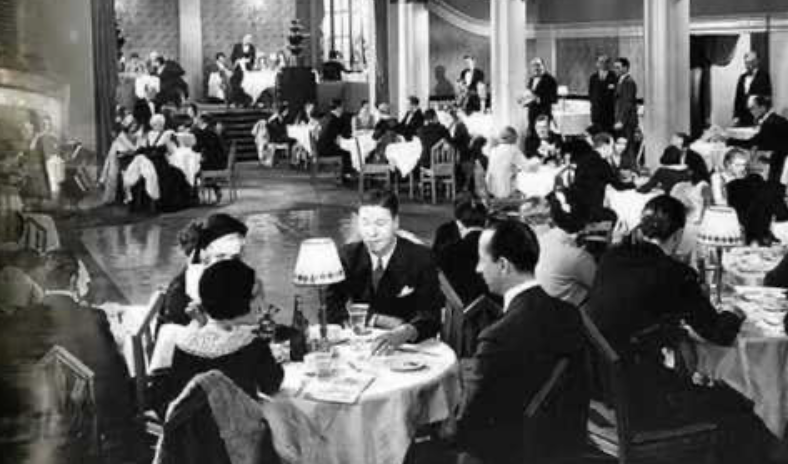
In the early 1930s, Freeman designed the “Eddie Freeman Special 4-String Guitar” for Selmer Music Company, to implement the guitar method he had developed in Baltimore. One of the Selmer-Maccaferri guitars, the Eddie Freeman Special had the scale-length and body size of a standard guitar and used a reentrant CGDA tuning, that had a better sound for rhythm guitar than the normal tenor guitar with its very high A. Since it was still tuned CGDA, it could be played by tenor banjoists. Selmer-Maccaferri tenor guitars were produced from 1932 until 1934. Nearly 100 of the some 300 genuine Maccaferri guitars that were built were Eddie Freeman Specials
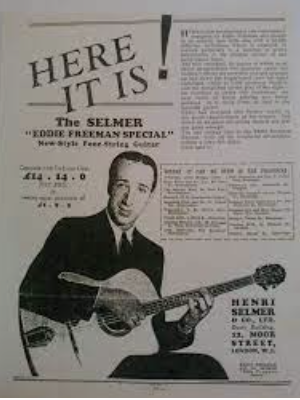
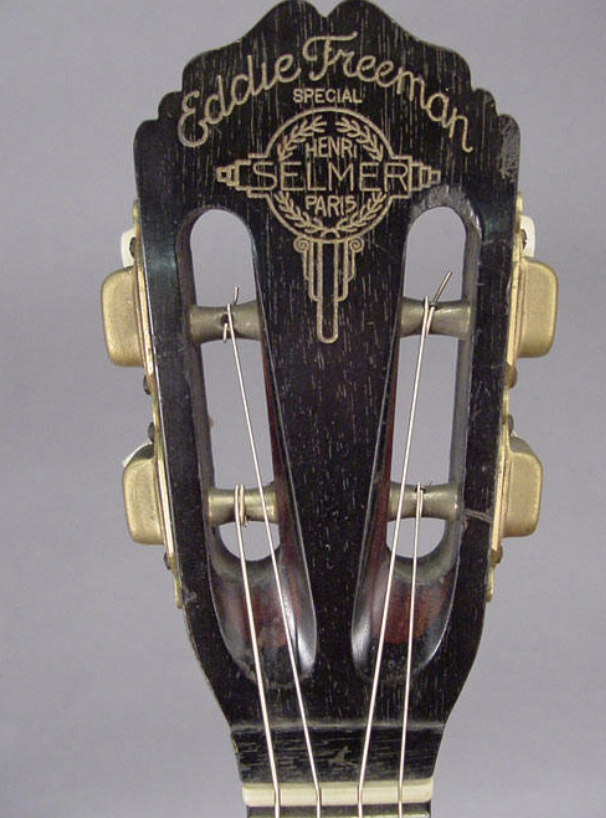
Freeman spent the war years in Belfast, Ireland playing trumpet and conducting a seven-piece Dixie combo in The Embassy Club. He met his future wife, named Maureen Mckeown there as a young girl. After the war, he played trumpet in the Knightsbridge South American Club in London and doubled with a jazz guitar in the Bag O’Nails Club.

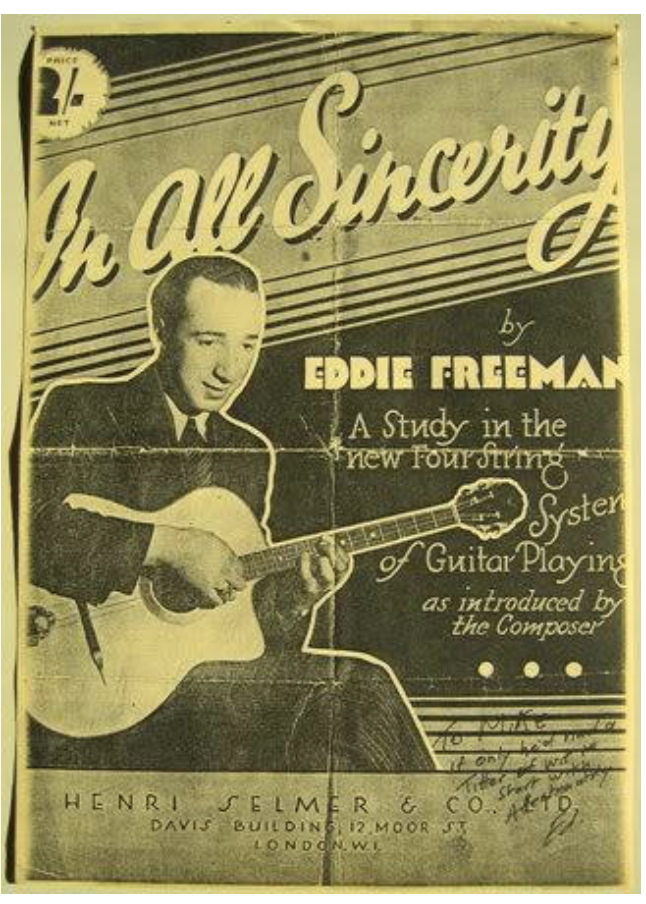
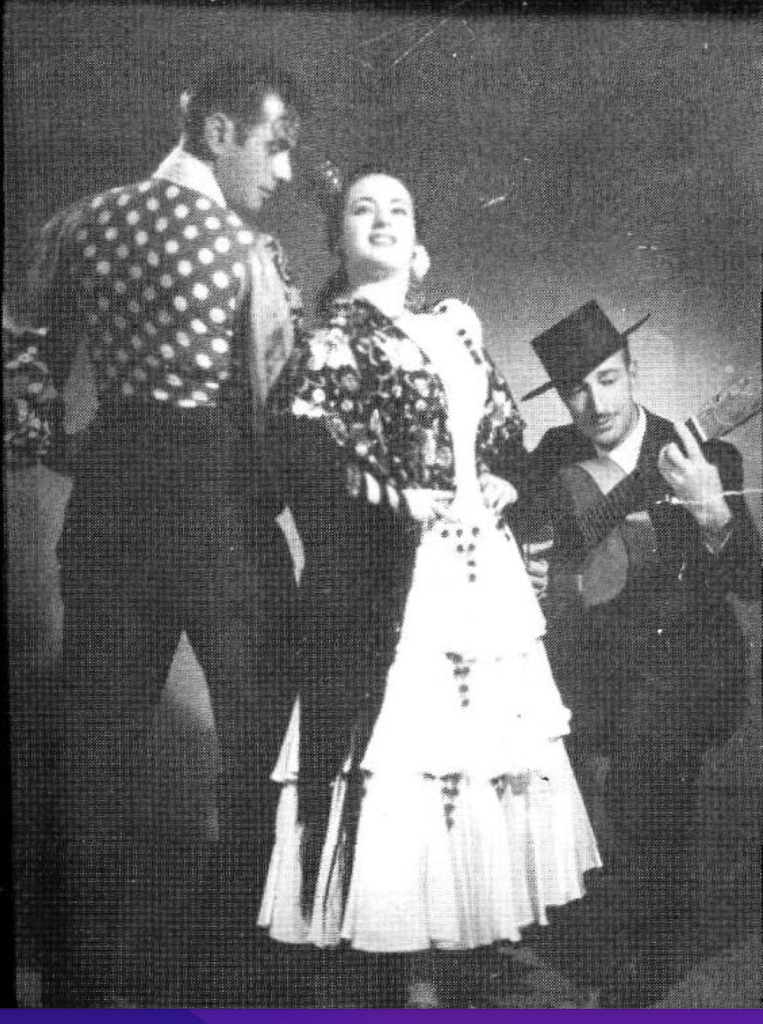
Freeman moved to the Bronx in New York in the mid-1940s and after returning to Belfast to marry Maureen. They settled in the Bronx and had two children, Gerard and Anne. By the early 1950s, they had moved to Oceanside, California where he supported himself as a piano tuner and repairman because he couldn’t work as a musician without a work visa. Inspired by flamenco music, which he first heard at the Savoy Hotel, he left his family in California and traveled to Spain to discover its fundamentals. His search was interrupted when he played violin in the Palma de Majorca Symphony, but in Palma, he met guitarist Manolo Baron from whom he learned the basics of flamenco. He somehow broke through to the Flamenco masters who were mostly gypsy masters and were resistant to allow an Englishman to learn their folk art. He then spent 18 months translating the greatest Flamenco music into sheet music which had never been done before. He later formed a flamenco group, Los Tres de Sevilla, with two dancers.
Freeman also developed a system for teaching Flamenco guitar that differed dramatically from the traditional method in which the student learns by watching the teacher’s fingerboard and copying what he is doing. Instead, Freeman insisted that his students learn to read standard music notation, and devised a very simple approach for teaching reading and basic music theory starting with the first lesson in a carefully graded sequence of familiar classical pieces and the Flamenco solos that he had transcribed. Each piece in the library of music that formed the basis of his system was carefully selected to develop a particular aspect of technique or understanding of Flamenco in a logical progression. He has trained several Flamenco guitarists over the years.
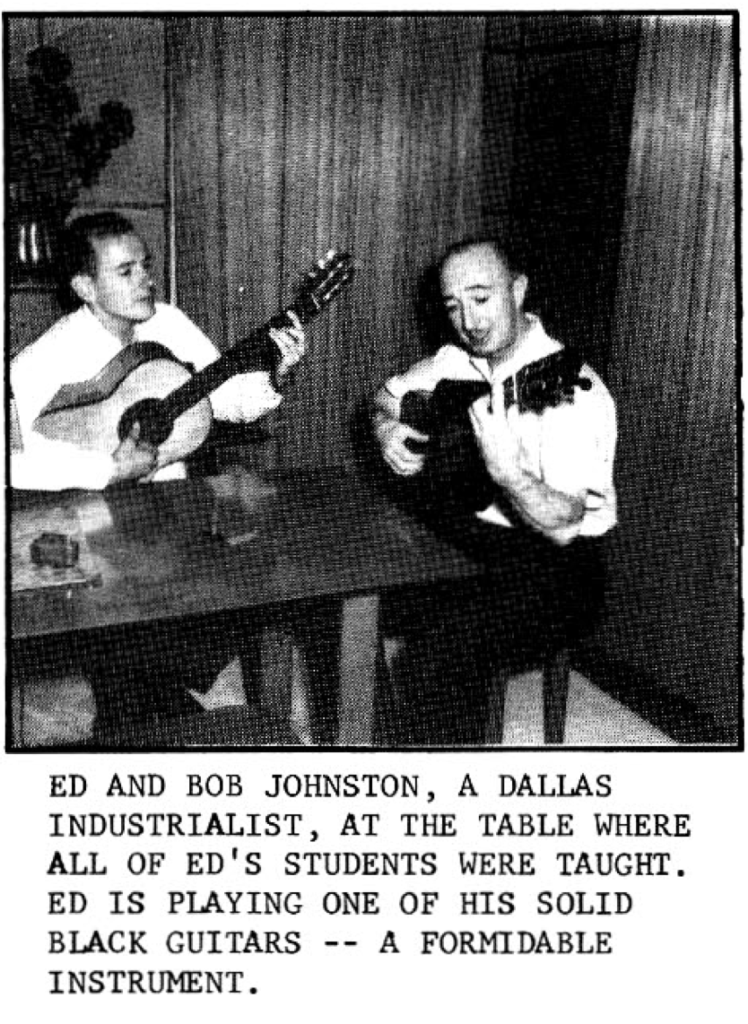
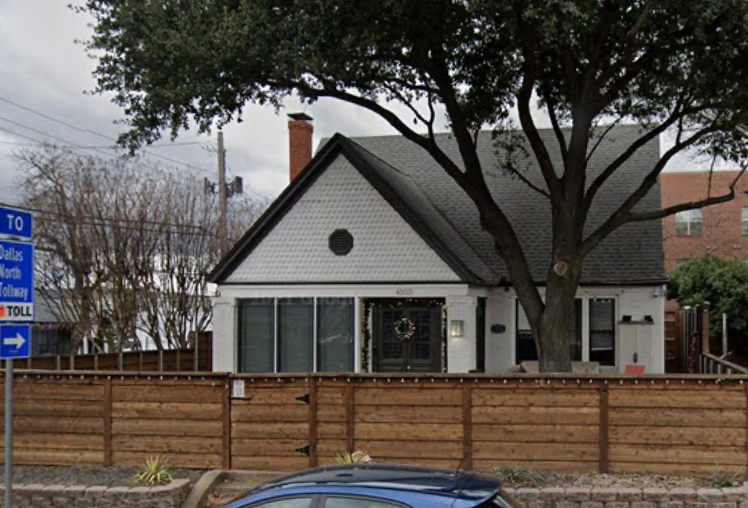
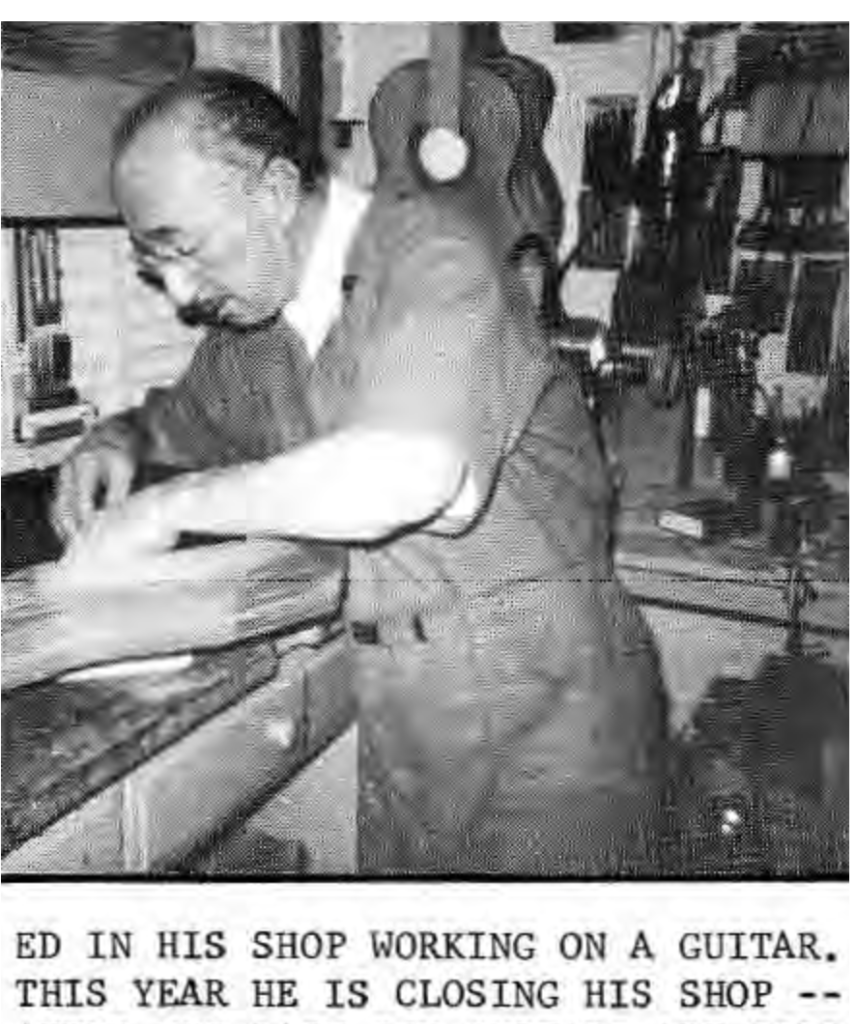
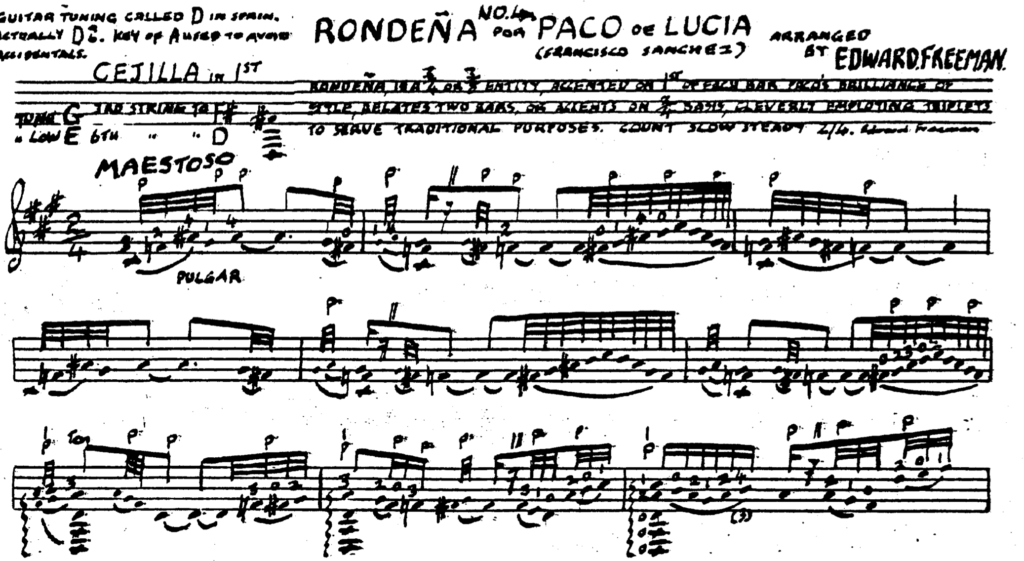
Eddie Freeman and his family first lived in the house at 4303 Cedar Springs in 1957 when the road was a two-lane street. He made the interior of the house his own by putting up wood panels with burlap as wall cloth and made his own furniture including a dining table that can be converted into a pool table where he liked to entertain his visiting flamenco artists as they passed through town. The family then moved to 4315 Vandelia a few years later and remained there through the 1960s and 1970s. They had two miniature schnauzers and enjoyed entertaining friends, students, and neighbors.
His wife, Maureen, has been described as a delightful person with a beautiful Irish wit and sense of humor. She was a lively petite lady who would always offer tea and was a great storyteller and conversationalist. She loved talking about improvements she was making to the house and the yard. His son, Gerald became a vice president for a company in Minnesota, and his daughter, Anne graduated from UT with a doctorate in English. She was also an accomplished pianist. She taught English for years at St. Mark’s School and later at Ursuline Academy in Dallas. Eddie died in 1987 at age 78. His daughter Anne died at age 60 in 1994.
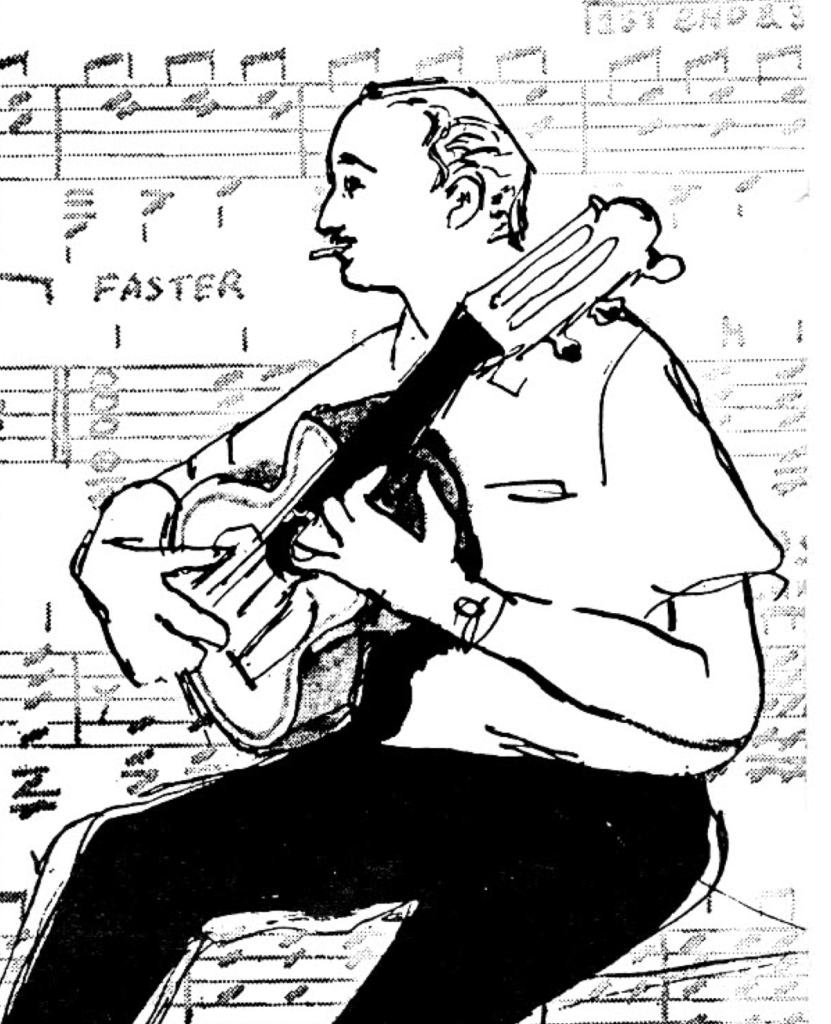

I studied with Eddie Freeman from 1958 and on into the early ’60s. I never heard anybody call him “Eduardo”. Everybody I knew called him “Eddie or Ed”. As a Texas teenager Ed and Maureen and their cousin Mal introduced me to English, Irish, and European culture as well as flamenco and classical guitar. Eddie and his family were huge influences in my youth. I proudly own two Eduardo guitars. I am three weeks shy of eighty years old and still play a bit. Seeing this article has been a great delight!
Thank you, Christopher. One of Eddie’s students, Tom Cotton mentioned Eddie asking him to call him Edwardo in an article for a Flamenco newsletter honoring Eddie from 1980. He also said Eddie looked like David Niven. He is the only one that brought that up, so I will make that change. Did you visit the Freeman’s for your lessons in the Vandelia St. home or on Cedar Springs? Anything else you remember about him or the home? Any other memories of him you wish to share? Was Mal Maureen’s brother? Thank you again for your comment and Happy Birthday!
This is so amazing I have not heard anything about Ed Freeman! We still have flamenco in Dallas today and are training several guitarists through workshops with out of town guests. If anyone reading is interested you can find us online FlamencoFever.org or Ida y Vuelta Flamenco on Facebook
Eddie was amazing. I would love to compare notes (as it were) with any of his former students. At 70 I still play. I have one of his guitars and most of his music library and I would love to reclaim some of the later pieces that I have lost over the years if anyone else has them. I have the digitized the recordings of the music, and even have the old cassette tapes he made for me. Eddie’s lessons were life changing for me. In 1972 I dropped out of school, went to Spain and worked and studied for a year. I did not become a professional musician, but I still do a few classical and flamenco guitar performances from time to time. THe tradition lives on, however. Although my Spanish wife passed away 36 years ago, but our 2 daughters continue the Latin artistic tradition albeit a more American version. I would love to hear from any of his other students. [email protected].